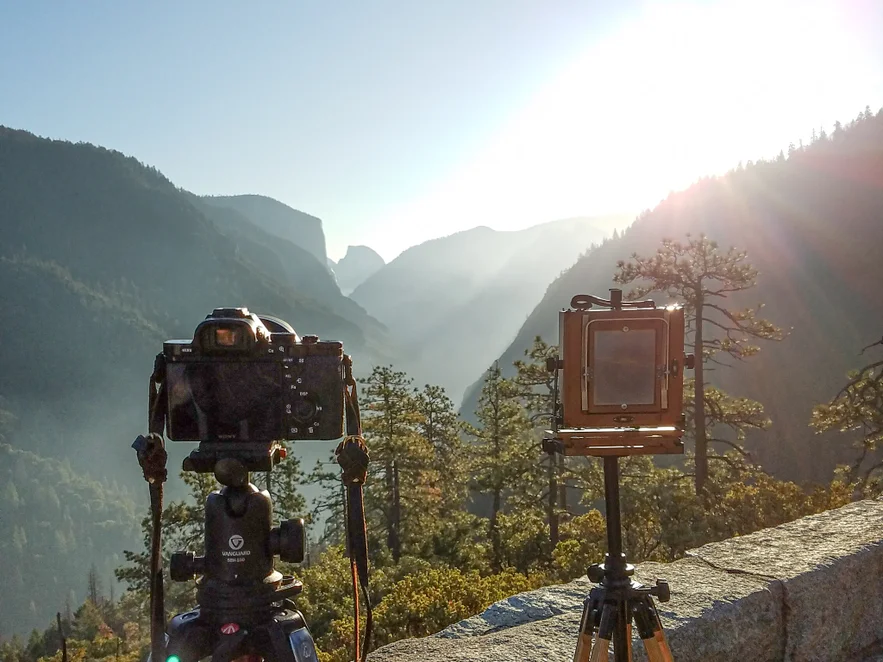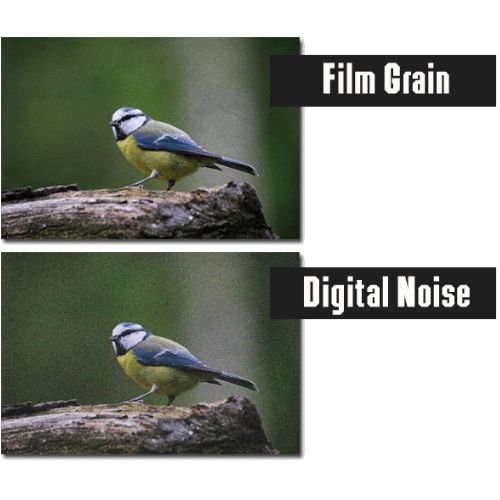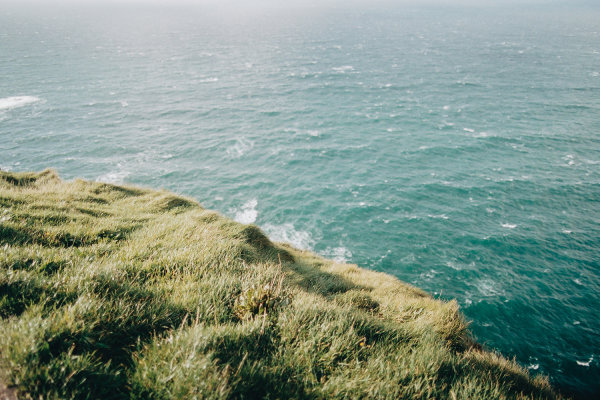
Key Takeaways
Film photography encourages a thoughtful, selective approach due to the cost of film and developing.
Digital photography offers the convenience of instant review and an almost limitless capacity to shoot.
The aesthetic of film, with its unique grain and dynamic range, is different from the clean look of digital.
Initial costs for film cameras can be lower, but digital cameras may be more cost-effective over time.
Both mediums have unique advantages that can inspire creativity and improve your skills as a photographer.
Decoding Image Quality and Aesthetics
Image quality isn’t solely defined by the number of megapixels. Factors like sensor size, lens quality, and even the photographer’s skill play significant roles. The aesthetics of an image – its mood, tone, and feel – are influenced by these technical aspects but are ultimately subjective.
|
Aspect |
Film Photography |
Digital Photography |
|---|---|---|
|
Image Quality |
Characterized by organic grain and a natural look |
Highly detailed with the potential for vast pixel counts |
|
Aesthetics |
Classic, timeless feel |
Clean, modern appearance; highly editable |
|
Learning Curve |
Encourages mastery of camera settings and composition |
Immediate feedback allows for rapid learning and adjustment |
Understanding the nuances between film and digital photography will help you make informed decisions about the equipment and techniques that best suit your vision.
Film Grain vs. Digital Noise: Comparing Textures
Grain in film photography is the result of small chemical particles that create the image on the film. This grain can add a beautiful, tactile quality to photos, giving them a distinct texture that many photographers find appealing. Digital noise, on the other hand, is the result of electronic disturbances in the camera’s sensor and can often be seen as an undesirable side effect, especially at higher ISO settings. However, some digital photographers embrace noise, using it creatively to emulate the look of film grain or to add atmosphere to an image.

Dynamic Range and Color Reproduction
Dynamic range is the measure of how well a camera can capture the extremes of light and dark in a photo. Film naturally has a wide dynamic range, which is why it can beautifully handle scenes with high contrast. Digital cameras have been catching up, with many modern sensors providing excellent dynamic range, but sometimes they still struggle to match the gentle roll-off from light to dark that film handles so well.

Color reproduction is another critical factor. Film stocks have their own signature looks – some are vibrant and saturated, while others are more muted and subtle. Digital cameras offer a vast spectrum of color settings, and with the right knowledge, you can tweak these to your heart’s content.
Cost Implications: Film Rolls vs. Memory Cards
The cost of film photography goes beyond just buying a camera. You have to consider the price of film rolls and the developing process, which can add up quickly, especially if you’re shooting frequently. With digital, the initial investment in a memory card may be higher, but you can use it over and over again. Let’s break down the costs:
Film Rolls: $5-$10 per roll, depending on the type and quality.
Developing and Scanning: $10-$20 per roll, though this varies widely by location and service.
Memory Cards: $20-$200, based on storage capacity and speed.
The Initial Investment: Camera Equipment
When starting out, the cost of a camera can be a significant factor in your decision. Vintage film cameras can be found at bargain prices, and they often come with lenses that still take stunning photos. Digital cameras range widely in price, from affordable entry-level models to high-end professional systems. Consider your budget and what features are most important to you.
Film Camera: $50-$200 for a decent used camera and lens.
Digital Camera: $300-$3000+ for new entry-level to professional models.
The Ongoing Costs: Developing Film vs. Storing Digital

With film, each roll you shoot will need to be developed and, if you want digital copies, scanned. These costs can motivate you to be more deliberate with each shot. Also don’t forget that developing photos yourself is not impossible, actually it is way easier than you think and by doing it yourself you will save money in the long run. Check out my beginners story. Digital photos, meanwhile, require storage space, whether on a computer, an external hard drive, or a cloud service. While there’s no cost per photo, managing and backing up your digital library is an ongoing task.
Developing Film: Continuous cost per roll shot.
Digital Storage: One-time or subscription-based cost for storage solutions.
Shaping Your Art: Creative Control in Photography
Film and digital photography offer different tools for this creative interpretation. With film, you’re committing to a certain look defined by the film stock and the development process. With digital, you have the freedom to change your vision even after you’ve taken the photo, thanks to post-processing software.
Both mediums provide a canvas for your creativity. It’s up to you to paint the picture.
The Deliberate Approach of Film Shooting
Shooting on film requires a level of intentionality that can be incredibly rewarding. You have a limited number of frames on each roll, so you learn to make each one count. This constraint can be a powerful creative force, pushing you to plan your shots and think critically about what you want to achieve.
The Flexibility of Digital Post-Processing
Conversely, digital photography offers a realm of possibilities in post-processing. With software like Adobe Lightroom and Photoshop, you can tweak every aspect of your image, from exposure to color balance, to match your creative vision. This flexibility can be liberating, but it also means that the artistry of photography extends beyond the camera to the editing desk.

Whether you prefer the darkroom or the digital suite, the tools at your disposal are more advanced and accessible than ever before. The key is to use them to tell the stories you want to tell, in the way you want to tell them.
Final Frame: Making Your Choice
As we’ve explored the nuances of film and digital photography, it’s clear that each has its own set of benefits and advantages. Your choice between the two will ultimately depend on your personal preferences, the style of photography you pursue, and the workflow that best suits your creative process.
Most importantly, the medium you choose should inspire you to go out and shoot. Photography is a journey, and whether you’re loading a roll of film or charging a battery, the real joy is in capturing the moments that matter to you.
Prints, Projects, and Purpose: Defining Your Needs
Before making a decision, consider your end goal. Are you looking to create large prints, work on long-term projects, or simply capture memories? Your purpose will guide your choice. Film might suit those who enjoy the tactile quality of prints and the deliberate nature of the medium. Digital may be the better option for those who value flexibility and the ability to share images quickly.
Ultimately, whether you choose film or digital, what matters most is your vision and your voice as a photographer. Both mediums are just different paths to the same destination: creating images that resonate and tell a story.
Frequently Asked Questions (FAQ)
Can Film Photography Still Compete with Digital Image Quality?
Film photography has a distinct quality that is not only about sharpness or resolution but also about texture and depth. While digital cameras offer higher megapixel counts, film can provide a different kind of richness and character to images. Both mediums can produce high-quality results in the hands of a skilled photographer.
Film offers a unique aesthetic that many digital photographers try to emulate.
Modern digital cameras can achieve incredibly high resolution, which is excellent for large prints and detailed work.
The choice between film and digital should be based on the look and feel you want to achieve, as well as your workflow preferences.
What are the Environmental Impacts of Film vs. Digital Photography?
Both film and digital photography have environmental impacts. Film photography involves chemicals and disposable materials, while digital photography relies on electricity and electronic waste. As a photographer, you can make environmentally conscious choices, such as recycling film canisters, choosing labs that handle chemicals responsibly, and properly recycling electronics.
Is Digital Photography Less Expensive than Film in the Long Run?
In the long term, digital photography may be less expensive due to the lack of ongoing costs for film and development. However, this depends on your shooting volume and whether you upgrade your digital equipment frequently. Both film and digital have costs associated with them, but digital photography offers more shots for your buck.




Leave a Reply